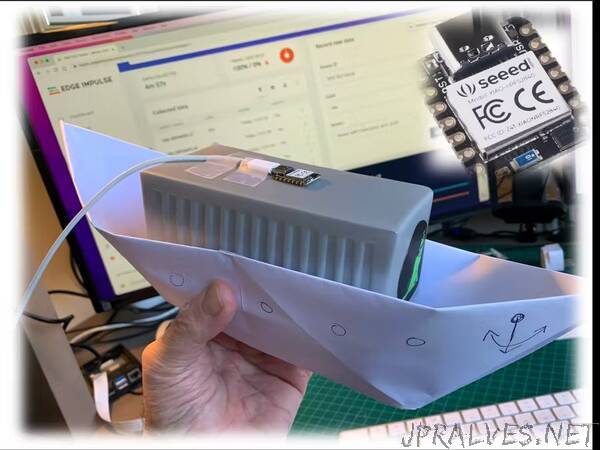
“Exploring Machine Learning on a giant tiny device, the Seeed XIAO BLE. Sense.
Introduction
Microcontrollers (MCUs) are very cheap electronic components, usually with just a few kilobytes of RAM, designed to use tiny amounts of energy. They can be found in almost any consumer, medical, automotive, and industrial device. It is estimated that over 40 billion microcontrollers will be sold this year, and probably there are hundreds of billions of them in service nowadays. However, these devices don’t get much attention because they’re often only used to replace the functionality of older electro-mechanical systems in cars, washing machines, or remote controls. More recently, with the Internet of Things (IoT) era, a significant part of those MCUs is generating “quintillions” of data that, in its majority, is not used due to the high cost and complexity (bandwidth and latency) of data transmission.
On the other hand, in recent decades, we have seen a lot of development in Machine Learning models trained with vast amounts of data in very powerful and power-hungry mainframes. And what is happening today is that due to those developments, it is now possible to take noisy signals like images, audio, or accelerometers and extract meaning from them by using Machine Learning algorithms such as Neural Networks.
And what is more important is that we can run these algorithms on microcontrollers and sensors themselves using very little power, interpreting much more of those sensor data that we are currently ignoring. This is TinyML, a new technology that enables machine intelligence right next to the physical world.
I believe that TinyML can have many exciting applications for the benefit of society at large.
In this tutorial, we will explore Embedded Machine Learning, or simply, TinyML, running on a robust and still very tiny device, the Seed XIAO BLE Sense.”
